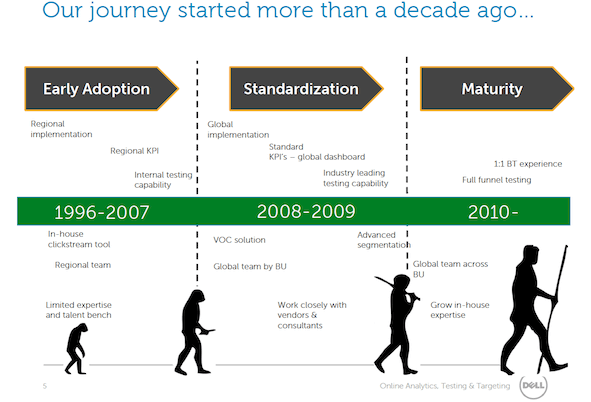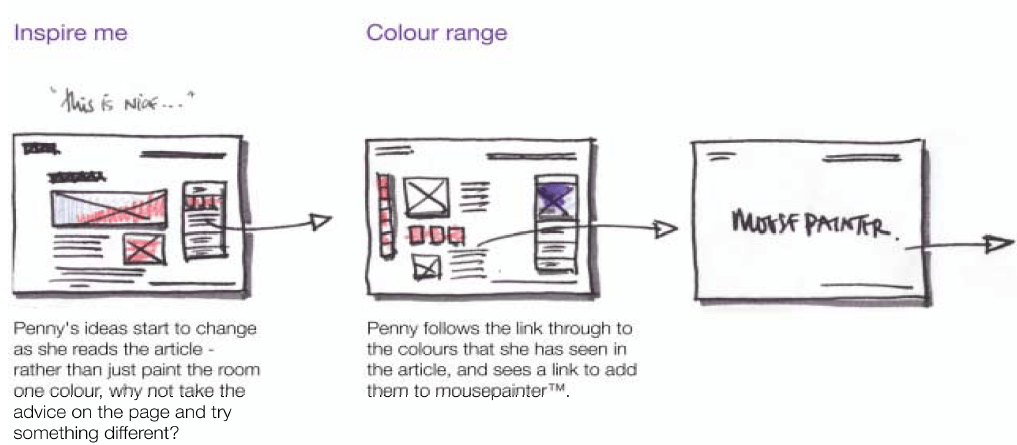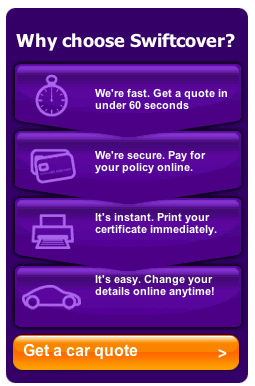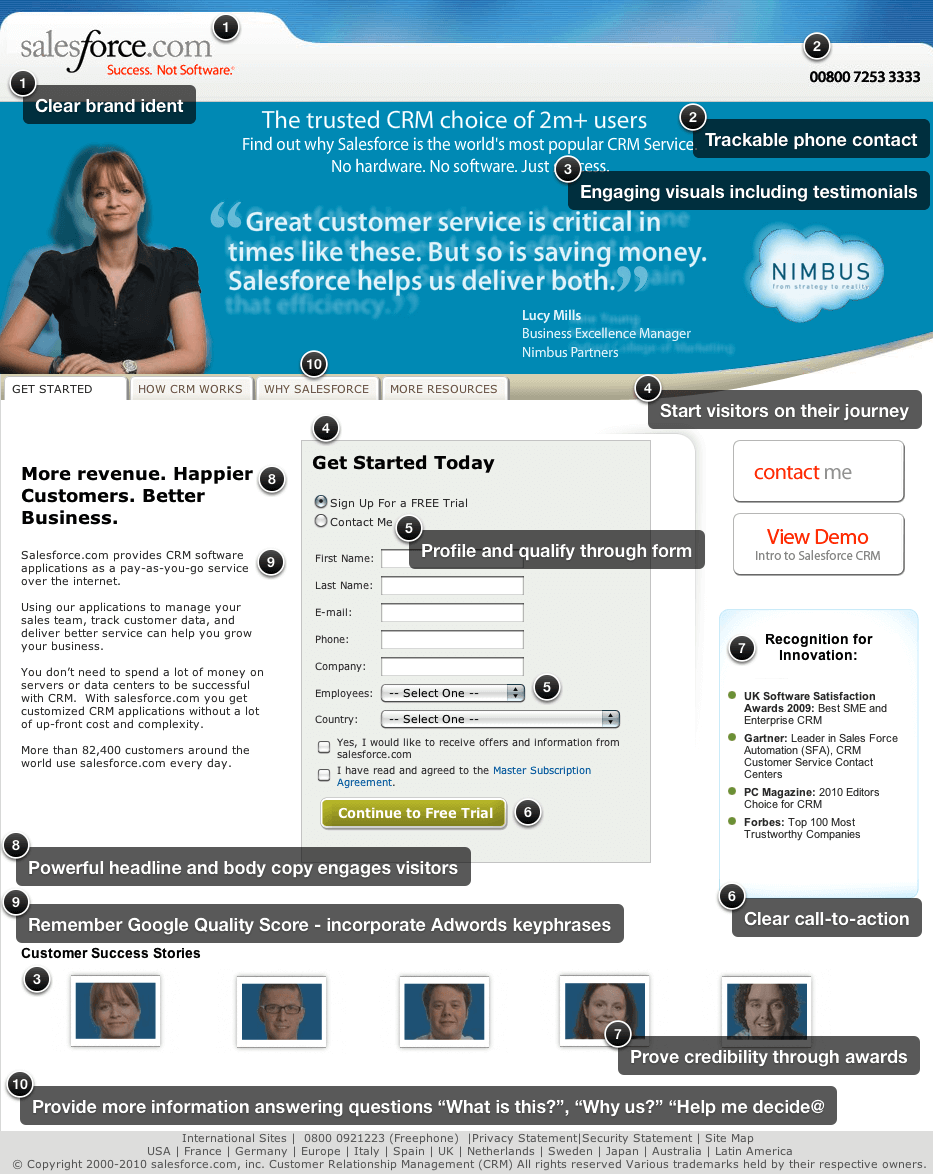Our 7 key questions to ask yourself and your team
This post is the second in a short series looking to help give a focus to improve digital marketing effectiveness. In the first I defined 7 strategic questions to increase site traffic as part of a customer acquisition strategy. In the final post I review customer retention and engagement strategy, while in this post, I look at 7 key questions to increase conversion.
Naturally, all site owners want to increase conversion, but it's really tough to do this in practice for a mature site. Yes, there are some great examples of using testing to improve conversion, like those we see on Marketing Experiments, WhichTestWon or the $300 million button.
To achieve these improvements almost certainly means you've already made the case for working on conversion rate optimisation and have the people, process and tools in place to help make these improvements happen. To improve conversion systematically needs commitment and a strategy - it's not a short journey. This writeup by Dave shows how long Dell took on their journey to improving conversion:

So in this post I'll look at approaches to develop a plan to increase conversions by answering the strategic questions needed to make the case and put in place the right infrastructure.
I'll keep it broad, covering the types of conversion that are relevant for all sites, whether that's increasing interaction and participation to deliver user interaction, leads and of course sales if you're of an e-commerce focus.
For a retail site, conversion starts with gaining initial engagement within the site to browse products and then add them to product categories. In financial services this is encouraging a quote or application while in travel this encouraging and then registering interest in destinations. It's important to remember too that conversion may happen online or offline, so steps need to be taken to facilitate these customer journeys too. So, let's get to the questions to develop a conversion strategy.
Question 1. Are we aligning website activities to support our business goals?
Easy if you're a retailer since at the business level you're going to look at conversion rate to sale, sales units and basket value. This is great of course but also look at the whole funnel - not just the checkout - but the top of the funnel too - review how many are engaging with the *right* products, responding to offers - even getting beyond the home page?
If you're not a retailer then you have to identify other ways to demonstrate value to the business. This is serious too since web investment and activity need to align from the perspective of sales managers or managing directors. It's easier to do that you might think, in a previous role working within the TUI Travel Group at www.i-to-i.com we needed to be able to define the value of leads based on average order and conversion rate to sale. Knowing a brochure enquirer is worth £1 changes everyone's perspective, knowing that people who completed 3 lead types are worth £50 changes perspective at the business level again (those sample values are made up of course!). Management is immediately empowered to enter in to healthy and relevant discussion surrounding website conversion and all that encompasses.
In practice you need to Setup the right goals in analytics and don't just obsess about conversion rate.
Question 2. Which audiences are we targeting and how do we attract them to do business with us online?
We've covered this a lot in previous posts, the need to have clarity on who your users really are. After all, how can you motivate someone if you don't know what their motivations, fears or triggers are? Remember the relative importance of personas to you at the commercial level, you may create something like 5 persona types since they represent 80% of customers, but at the same time they're not all equal. Draw out the main findings from the key personas to lead your messaging, for example, on key pages like home.
Each persona will have a different scenario, too. In simple terms they'll be at a different buyer stage, at best a returning customer. You wouldn't communicate with a returning customer and a first time browser the same, would you? It's therefore key to design user journeys with perona and scenario in mind. And, to generate content with a specific purpose too.
Here's our post to help design your web personas and our persona toolkit gives more tools and persona examples.

Question 3. How is our value proposition and brand offer supported by our online channels?
When you understand the persona/scenario matrix, and the weighting of importance you can tackle brand communications in line with other channels. Ask how will those brand messages be translated for the web in terms of actual content as much as explanatory or sign-posting copy. Remember Joe Pullizi's “intersection between what a brand wants to communicate, and what the user wants to find, solve or hear“. It sounds dead simple, it is really, yet how many brands communicate only what they want to sell, then worse assume that every buyer thinks like they do – and even worse assumes that all personas are ready to buy today.
Overlay the messages that you want to communicate to those buyers, you might consider some simple customer research to identify or confirm what you really understand the motivations behind each of those persona types.
Read more about developing your online value proposition and browse a few online value proposition examples. Here's a simple example of the key "Why choose us?" message that many companies still miss across the run of site templates.

Question 4. How do we design the customer experience to improve conversion and satisfaction across different hardware and software platforms such as desktop and mobile access?
The short answer is early testing as your introduce a new suite of designs or start to alter journeys. So long as you know what you're changing, why and what the benefits are then you have the necessary context. If you cannot measure it then you shouldn't do it. Don't forget there's a wealth of tools around to help with this alongside your analytics package, from funnel tracking like KISSmetrics to Clicktale. You can keep an eye on what really needs monitoring amongst the noise. In terms satisfaction think about 'feedback' analytics with tools such as Kampyle, or more advanced tools such as Get Satisfaction. Here you can get the qualitative, or "why", insight that marries with the quantitate "what" data. I've also found the 4Q Survey Tool useful for this.
Dave's post can help here, bringing together all these web user research tools.
Question 5. Is our content effective in supporting conversion? Are social media and user-generated content also effective in supporting conversion?
Here's a key area. Your site is all about content of course - but it's such a broad word, what does that mean? There's the content topics - what you're covering - and also the content types, so text, video, audio, webinar, etc to consider. Both of these are critical when considered in light of scenario and buyer stage and of course the type of web page and its place/purpose within the wider site. You'll probably have dedicated landing pages first and foremost as the best kind of example of considered content meets purposeful web page, a matrix of landing pages are helpful for guiding targeted traffic (from social media campaigns, paid search and display advertising) towards the win-win site goal. Don't forget the run of site pages too, design the pages and the journeys with future analysis in mind!
In a similar way to my suggestion in question 1, you can again rate and value interactions with content, for example you might give an interaction with a webinar a value of £1. Design those user journeys so that they reduce friction - between pages and channels by using the right call-to-actions.
Reference Dave's post on landing pages and on measuring content marketing success.

Question 6. Are we maximizing the value generated per visit through conversion rate optimisation (CRO)?
It depends firstly on what 'value' is - sometimes sale, generating a sales lead, sometimes it's gaining a share or re-tweet of content, for example. Either way you want to be able to value and track that. Ultimately you're growing your site's effectiveness, not just focussing on one conversion point like a landing page.
Developing a conversion rate optimisation strategy is far from one-dimensional, it means bringing a lot of disciplines to the table, including understanding traffic sources, visitor psychology, and the company’s position in the marketplace, including its core strengths and weaknesses. On top of that there’s usability testing, copywriting, and web design factors to look at. All of these elements go into creating a hypotheses for testing, and then getting maniacal about testing. The aim is not to throw a series of “best practices” against the wall to see if anything sticks. Best practices should not be the answer to optimizing a website, they are the starting point for formulating a test strategy.
Consider reviewing different visitor segments, though a head-line conversion may look strong, maybe a bounce rate <25%, you want to go beyond the over-arching conversion rates to find problems and opportunities at the deeper level. Use a structured approach to segment visitors with different needs and characteristics and then apply these segments to Google Analytics - e.g. from search, affiliates, first time customers see Dave's great segmentation post here.
Think about where people are being routed through your site, much like an air traffic controller landing your planes on the right runway according to their origin and then routing/routeing them to the right terminal gate as efficiently as possible by using the best signposts and scent trails. Google makes this relatively straight forward, though of course you can layer this on top of those visitor segments if it made sense to dig deeper.
Paul Rouke also did a very useful post on new customers via checkout, this being a big deal due to the blocks introduced via the multiple ways to register/login/guest checkout, try to ensure it is immediately obvious to both new and returning customers what they should do at your checkout gateway page and removing as much ambiguity as possible.
Question 7. Are we using web analytics and structured experiements effectively to improve results through combining the right metrics, process, people and tools?
This is such a huge area, we all appreciate that effective web analytics and site optimisation isn't a cursory glance at a home page bounce or conversion around just one or two site goals.
Our suggestion is to start by defining a matrix of KPIs that tie to the site's major goals -- think about home (or landing) page click-through, product page views, lead/goal conversion, entry/exit to the checkout. If you define the right matrix for your business and website it provides the basis to overlay a process - what KPI's to monitor, when and who is the owner. Some KPI's require daily monitoring, others monthly at best.
Of course - test! There's so much evidence on the commercial benefits of a considered and ongoing test process. It does not have to be heavy and complicated where your resources are tight, not testing at all is counter-productive. Pick something to test every month (home, landing pages, product pages, checkout etc), be clear what KPI's relate and then design your test. Prior planning is key in running any tests, picking the right conversion metric(s) to optimise to, and the right areas of content to make a difference to those conversion metrics.
Consider using both AB and MVT as it makes sense. A/B testing is a valid way to increase the performance of the page cheaply and with no need for software. However, whilst A/B testing provides a clear indication of consumer response to actual content, the process takes several weeks. Multivariate testing offers a higher probability of increase as you are looking at the relationship between variants in test areas of a page as well as the winning content in each test area. It is possible to cover months worth of A/B testing in a single multivariate test and achieve better conversion uplift results. But! You do need software and a deep understanding of the test process, so it would make sense to partner experts early an get them to help you define the business case and budget/ROI.
See the latest Redeye-Econsultancy report on CRO to compare your CRO approach.










